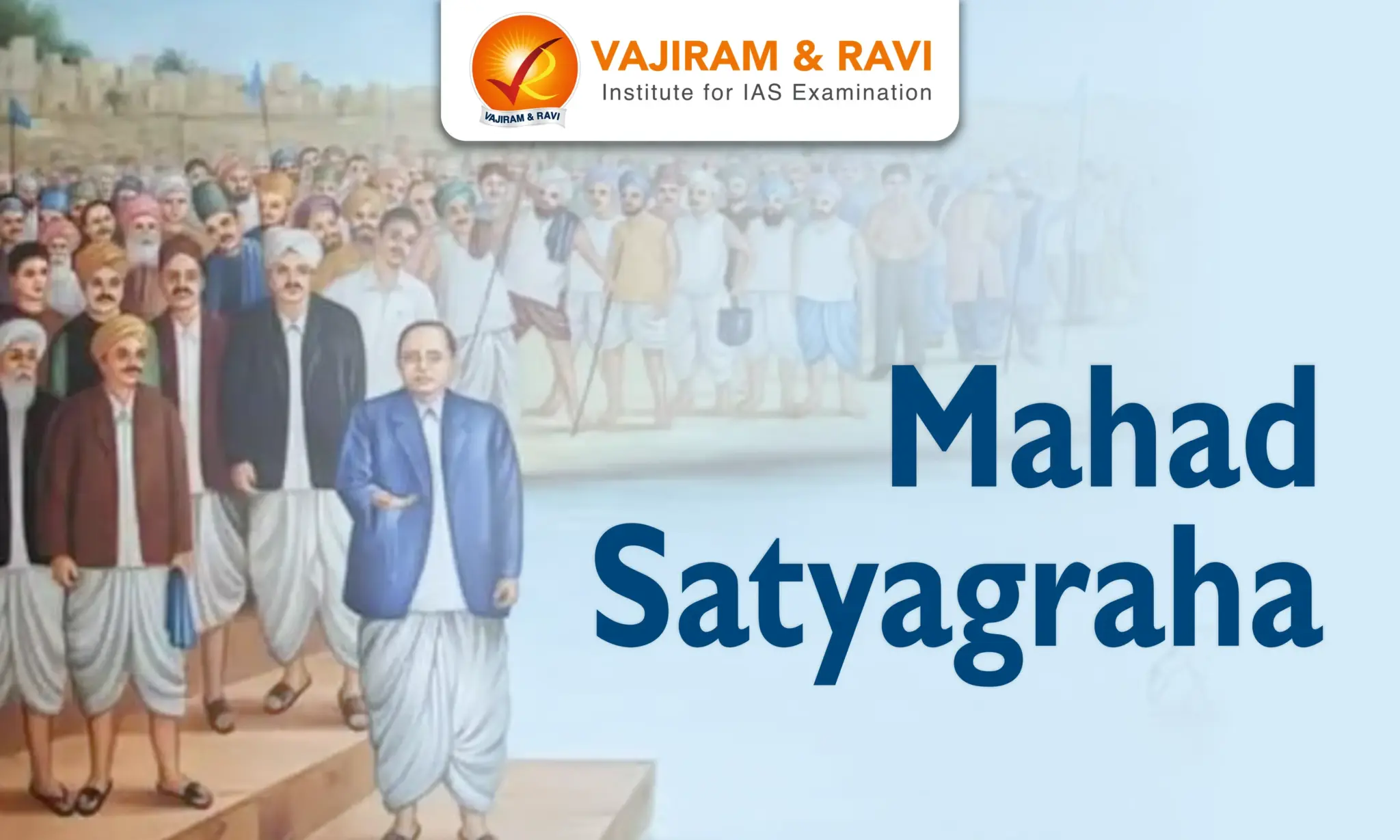Gene therapy is a rapidly advancing field in biotechnology that aims to treat genetic diseases by modifying the expression of disease-causing genes. It involves introducing healthy genes to replace or supplement faulty ones and correcting genetic abnormalities. This approach represents a shift from traditional treatments by targeting the root cause of genetic diseases instead of just managing symptoms. Recent advancements have made gene therapy a promising technology for addressing inherited disorders, with ongoing research suggesting significant potential as an innovative therapeutic tool in the future.
About Gene Therapy
It is a technique that involves altering the genetic material of cells to treat or prevent disease. It aims to introduce a normal, functional gene to compensate for the defective, disease-causing gene. The different aspects of gene therapy are discussed below:
- It employs various approaches: replacing a mutated gene with a healthy copy, inactivating a mutated gene, and introducing a new gene.
- Unlike traditional drugs, gene therapy targets the root genetic causes inside cells.
- Active clinical trials approach various inherited and acquired disorders. Approaches include ex vivo modification of hematologic stem cells, T lymphocytes, and other immune cells, and in vivo delivery of genes or gene editing reagents to relevant target cells.
Types of Gene Therapy
A carrier or vector is used to deliver the healthy gene into the patient's target cells. The two main types of therapy’s are:
- Somatic cell gene therapy: It introduces genes into somatic cells that are not passed onto future generations. It treats living persons by targeting their somatic cells.
- Germline gene therapy: It inserts genes into egg or sperm cells thereby modifying the genome transmitted to children and future generations. It is banned in most countries due to ethical and safety concerns.
Gene therapies can have an autologous or allogeneic source of cells:
- Autologous: The patient's cells are used as a source of cells
- Allogeneic: Cells from a donor are used as a source of cells
Gene therapy has primarily focused on treating monogenic disorders caused by a mutation in a single gene, such as SCID, haemophilia, and muscular dystrophy.
However, gene therapy is now expanding to target more complex multigenic diseases like cancer, heart disease, and diabetes by altering the expression of multiple genes simultaneously.


Gene Therapy Methods and Tools
Two main approaches used are - gene augmentation to introduce functional genes and gene inhibition to silence harmful genes. Advanced gene editing tools like CRISPR-Cas9 and zinc finger nucleases allow precise modification of cellular DNA.
| Technique | Methodology/Tools | Applications | Limitations |
| Viral Vectors | - Use engineered viruses like adenovirus, retrovirus, AAV to deliver therapeutic genes | - Long-term gene expression, high transduction efficiency | - Immunogenicity, limited DNA cargo capacity |
| Non-viral Methods | - Physical methods like electroporation or chemical carriers like lipids and polymers deliver DNA/RNA | - Safer, non-immunogenic, unlimited cargo size | - Lower delivery efficiency compared to viruses |
| CRISPR-Cas9 | - Guide RNA targets Cas9 nuclease to induce double-stranded DNA breaks enabling gene knockout or correction | - Highly efficient and flexible gene editing, simple compared to other nucleases | - Potential off-target effects, delivery challenges |
| Zinc Finger Nucleases | - Artificial restriction enzymes engineered to bind and cut specific DNA sequences | - Gene knockout or correction by triggering double-strand breaks | - More complex engineering, lower efficiency than CRISPR |
| TALENs | - DNA nucleases fused to TALE DNA binding proteins cleave specific genes | - Precise gene editing, similar applications as CRISPR and ZFNs | - Technically challenging, lower efficiency |

Applications of Gene Therapy
Gene therapy can potentially offer a long-term treatment benefit with just one dose for some patients. Some of the applications and the diseases targeted are:
- Genetic disorders:
- It is used to address genetic conditions like ADA-SCID, haemophilia, muscular dystrophy, sickle cell anaemia, and retinitis pigmentosa. Replacing defective genes with functional copies offers treatment hope.
- Cancer:
- Genes manipulating the immune system like CAR-T therapy, inhibiting tumour growth promoters, targeting cancer-specific antigens, and stopping angiogenesis are being applied against cancers.
- Neurodegenerative diseases:
- Delivering nerve growth factors through gene therapy is being tried for Alzheimer’s, Parkinson’s, and Amyotrophic Lateral Sclerosis(ALS). Gene-edited stem cell therapy also holds promise.
Challenges and Ethical Concerns with Gene Therapy
While gene therapy holds promise, significant challenges and ethical concerns need addressing.
- Safety risks:
- It faces challenges such as viral vector-induced immune responses, insertional mutagenesis raising cancer risk, and off-target effects with gene editing tools like CRISPR-Cas9.
- Delivery issues, vector shedding, ectopic gene expression, suboptimal levels, and pre-existing immunity also impact safety and efficacy.
- Ethical implications: Gene therapies also raise several ethical questions:
- Germline gene therapy has the potential for misuse to edit embryos for enhancing qualities instead of curing disease leading to ethical issues.
- Privacy issues if genetic data is used to discriminate based on disease risks.
- Justice and accessibility concerns given the high costs and expertise involved.
- Commercialisation and patenting of gene therapies could restrict patient access.
- Potential dual use of gene editing for biological weapons.
- Uncertainties around long-term effects on future generations.
Recent Advances in Gene Therapy
Gene therapy has made significant progress in recent years due to the development of new technologies and techniques. Here are some of the recent advances:
- Gene editing tools like CRISPR-Cas9 and base editors have enabled more precise and efficient gene targeting. Clinical trials using CRISPR are underway for sickle cell disease.
- Novel AAV virus capsids are being engineered for improved gene delivery to tissues like the brain, eye, liver etc.
- Nanoparticle delivery systems such aslipid nanoparticlesare emerging as safer non-viral vectors.
- Gene regulation techniques like optogenetics allow external control over gene expression using light.
- High-throughput screening enables the rapid discovery of gene targets and optimises delivery vectors.
Way Forward
Gene therapy requires more research to address challenges and risks. Progress in delivery, safety, and efficacy is promising. Diseases like sickle cell anaemia and beta-thalassemia could be cured soon. Combining with CRISPR, TALENs, and CAR-T cells expands possibilities. It signifies a new era in molecular medicine alongside precision diagnostics.
- Gene therapy also enables regenerative approaches with stem cells. Increased funding, collaboration, trials, and regulation are crucial for advancement.
- Technical, ethical, and cost-related issues must be tackled for real-world impact on patients.
Last updated on December, 2025
→ Check out the latest UPSC Syllabus 2026 here.
→ Join Vajiram & Ravi’s Interview Guidance Programme for expert help to crack your final UPSC stage.
→ UPSC Mains Result 2025 is now out.
→ UPSC Notification 2026 is scheduled to be released on January 14, 2026.
→ UPSC Calendar 2026 is released on 15th May, 2025.
→ The UPSC Vacancy 2025 were released 1129, out of which 979 were for UPSC CSE and remaining 150 are for UPSC IFoS.
→ UPSC Prelims 2026 will be conducted on 24th May, 2026 & UPSC Mains 2026 will be conducted on 21st August 2026.
→ The UPSC Selection Process is of 3 stages-Prelims, Mains and Interview.
→ UPSC Result 2024 is released with latest UPSC Marksheet 2024. Check Now!
→ UPSC Prelims Result 2025 is out now for the CSE held on 25 May 2025.
→ UPSC Toppers List 2024 is released now. Shakti Dubey is UPSC AIR 1 2024 Topper.
→ UPSC Prelims Question Paper 2025 and Unofficial Prelims Answer Key 2025 are available now.
→ UPSC Mains Question Paper 2025 is out for Essay, GS 1, 2, 3 & GS 4.
→ UPSC Mains Indian Language Question Paper 2025 is now out.
→ UPSC Mains Optional Question Paper 2025 is now out.
→ Also check Best IAS Coaching in Delhi
Gene Therapy FAQs
Q1. How does gene therapy work?+
Q2. What diseases can gene therapy treat?+
Q3. Is gene therapy permanent?+
Q4. Is gene therapy safe?+
Q5. What is the future of gene therapy?+
Tags: gene therapy quest

















